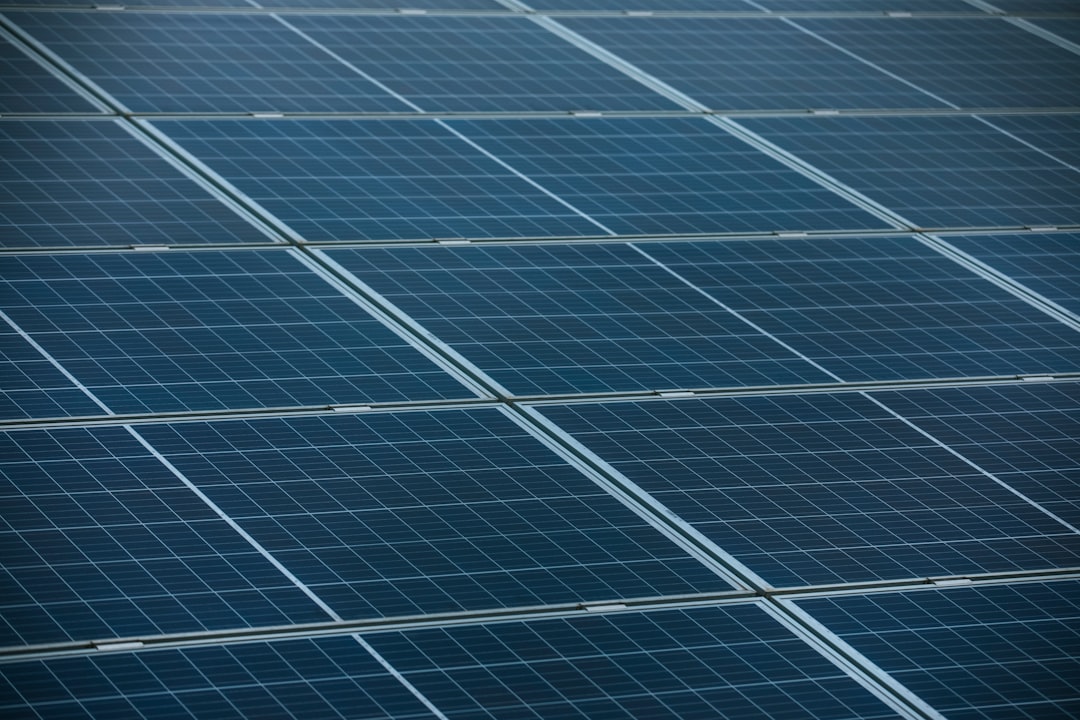Welcome to Grid Brief! Here’s what we’re looking at today: China’s solar panel producers are so prolific it’s creating industry-wide problems, trucking groups have come out against the EPA’s new heavy duty vehicle emissions standards, and more.
China’s Solar Panel Glut
China is already the solar panel leviathan of the world, with production economies of scale so large they force smaller fish out of the water. But with more production capacity on the way and rock bottom prices for panels, the industry faces a future of rock bottom prices.
“China accounts for 80% of solar module production capacity after years of subsidies, driving oversupply that has triggered a collapse in global prices and provoked import duties from trading partners to stave off being swamped by low-cost equipment,” reports Reuters.
And, as we discussed in our most recent Grid Brief International for premium subscribers, the price war is even degrading the quality of Chinese solar panels.
Treasury Secretary Janet Yellen, mirroring European complaints about US industrial policy around the energy transition, plans to visit Beijing this week to discuss how China’s solar industry protectionism is undermining US efforts at building domestic solar manufacturing capabilities.
“Overcapacity in China's solar industry is emblematic of the challenges facing the world's second-biggest economy. High levels of state-guided industrial investment and low levels of household consumption mean many sectors produce more than the domestic market can absorb,” Reuters added.
Overcapacity makes it a buyer’s market, where firms will have a hard time raising prices.
Trucking Groups Slam EPA Emissions Rule
Last week, the Environmental Protection Agency released its final Greenhouse Gas Emissions Regulations for Heavy-Duty Vehicles-Phase 3 rule. Trucking groups have come out against this new regulation, citing its unviability.
The rule, meant to reduce pollution, will affect models produced between 2027 and 2032. Heavy-duty work vehicles—delivery, garbage, utility trucks, etc.—are the target and the new standards are up to 60% stricter than previous standards for model year 2032.
In response, the Clean Freight Coalition said that while it has “a long history of collaborating with federal regulators on sound regulations that support environmental improvements at the right speed,” the new regulation “will require the adoption of zero-emissions commercial vehicles at a pace that isn’t possible due to the limits of today’s technology.”
The coalition said that the electric vehicles the EPA is trying to incentivize “fail to meet the operational demands of many motor carrier applications, reduce the payload of trucks and thereby require more trucks to haul the same amount of freight, and lack sufficient charging and alternative fueling infrastructure to support adoption. In addition, battery electric motorcoaches have a reduced range and capacity compared to diesel buses.”
The American Trucking Association voiced similar concerns, saying, “ATA opposes this rule in its current form because the post-2030 targets remain entirely unachievable given the current state of zero-emission technology, the lack of charging infrastructure and restrictions on the power grid.”
The new rule received over over 175,000 comments, according to reporting from Utility Dive.
Upgrade to Grid Brief Premium to get extra deep dives into energy issues all over the world.
Conversation Starters
Amazon wants Japan to build more renewables. “Amazon.com Inc., the world’s biggest corporate buyer of clean electricity, delivered a clear verdict on Japan’s energy policy earlier this month: The country isn’t moving quickly enough to deliver green power to the private sector,” reports Bloomberg. “‘If a company with Amazon’s scale cannot procure power at scale in Japan, then there's something wrong with how we're enabling new projects to come online quickly enough to meet the demand that's growing,’ Ken Haig, head of energy and environmental policy for the Asia-Pacific region for Amazon Web Services said at a Renewable Energy Institute conference in Tokyo. ‘There are many, many companies looking for renewable power here in Japan. We need more supply to meet that demand.’”
Vogtle Unit 4 reaches full power. “The second new nuclear reactor at Plant Vogtle reached 100% power for the first time Monday night, another sign that the expansion of the power plant near Augusta may be nearing completion after years of setbacks. Bringing the new unit, known as Unit 4, to full power is a key step forward for the project,” reports the Atlanta Journal-Constitution. “Georgia Power spokesman John Kraft said in a statement that reaching maximum power was an important milestone for the company as it works to provide ‘a reliable, emission-free new energy source for Georgia.’”
The Biden administration has approved a new offshore wind project. “The U.S. Interior Department on Tuesday approved the country's eighth commercial-scale offshore wind project, which will be built off the coast of Massachusetts, bringing online electricity to power more than 900,000 homes,” reports Reuters. “The New England Wind Project approval brings the U.S. one-third of the way to President Joe Biden's goal of permitting 30 gigawatts of offshore wind capacity by 2030 - a key part of the president's climate change agenda.”
Crom’s Blessing

We rely on word of mouth to grow. If you're enjoying this, don't forget to forward Grid Brief to your friends and ask them to subscribe!


